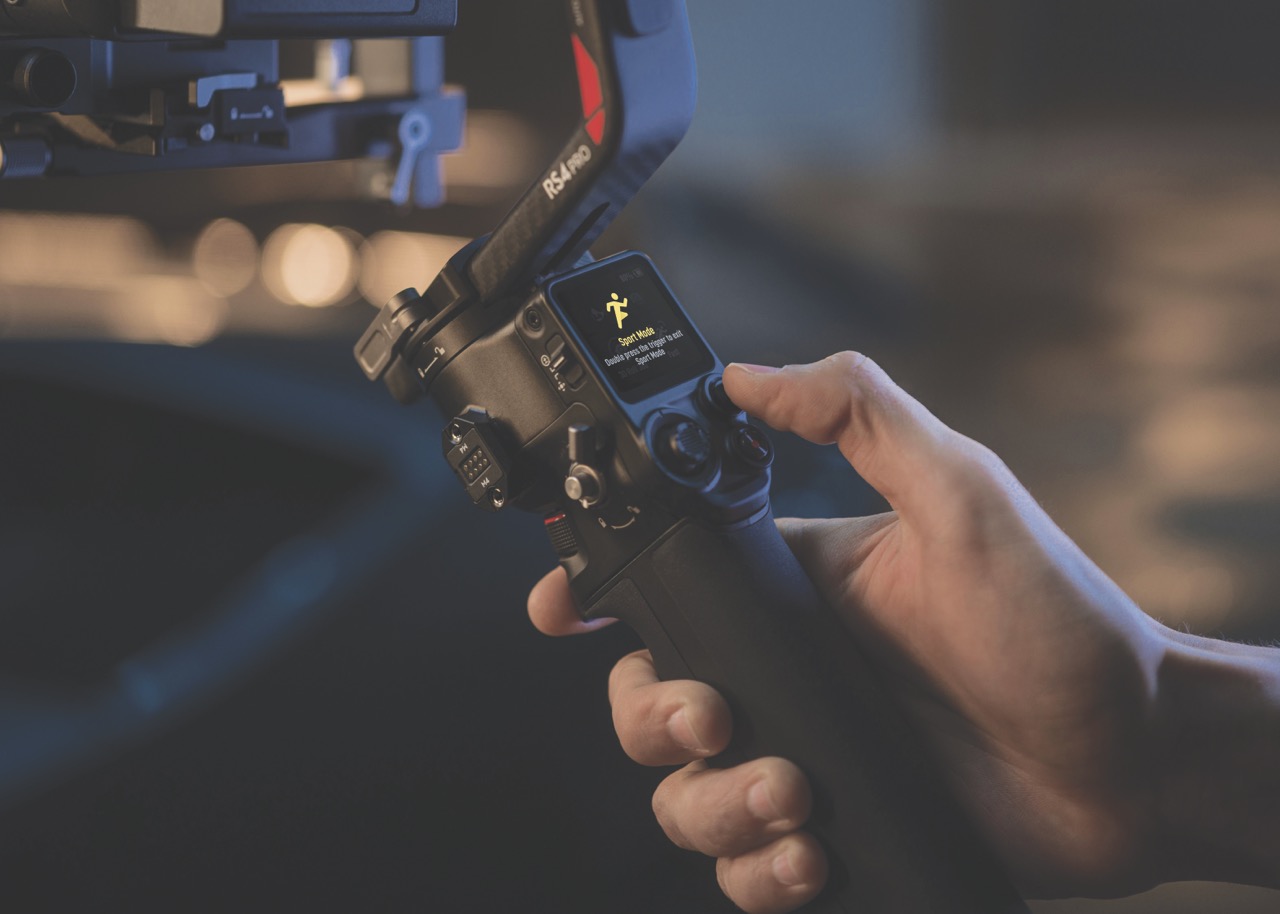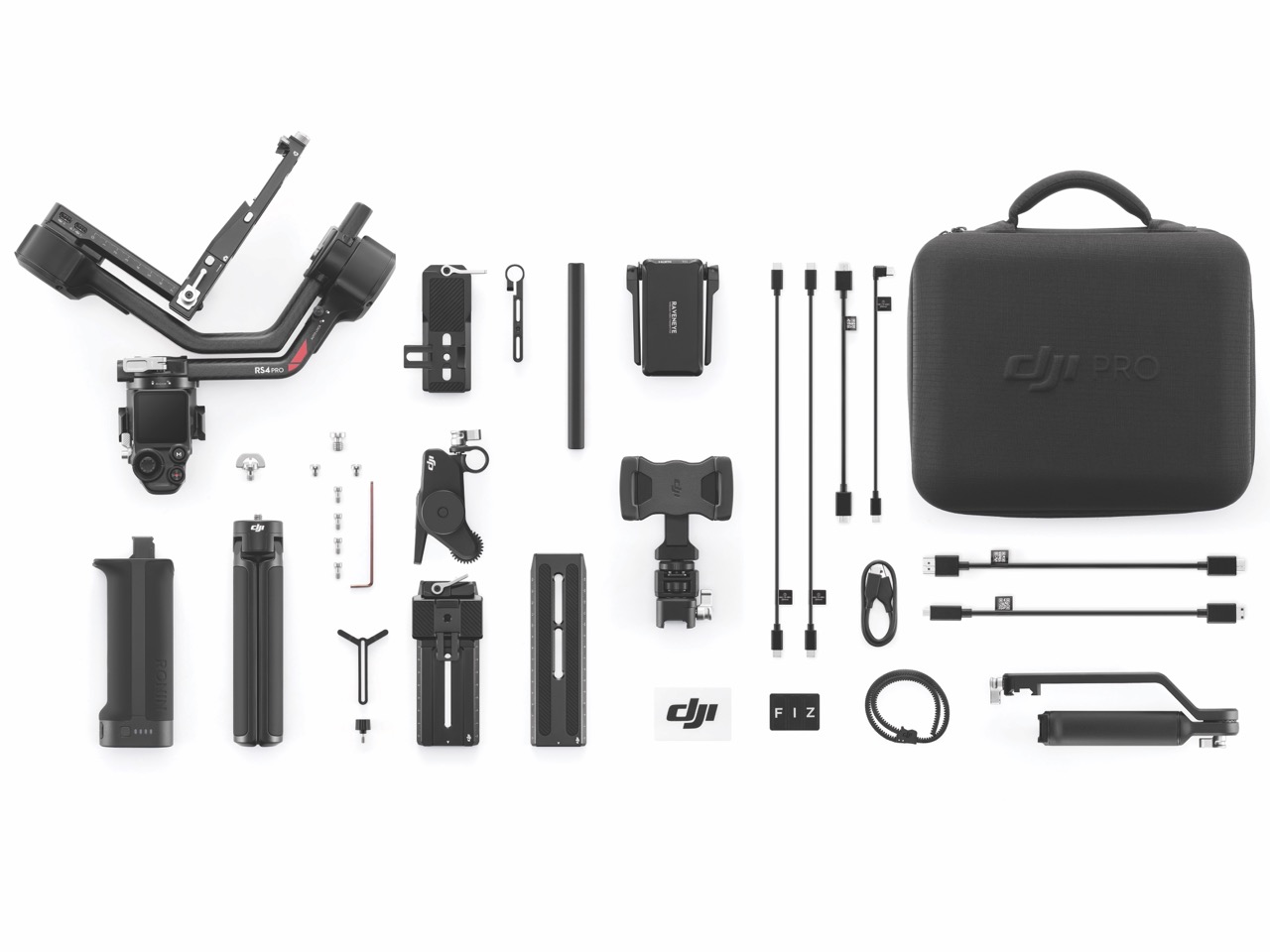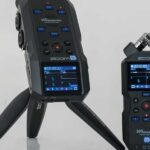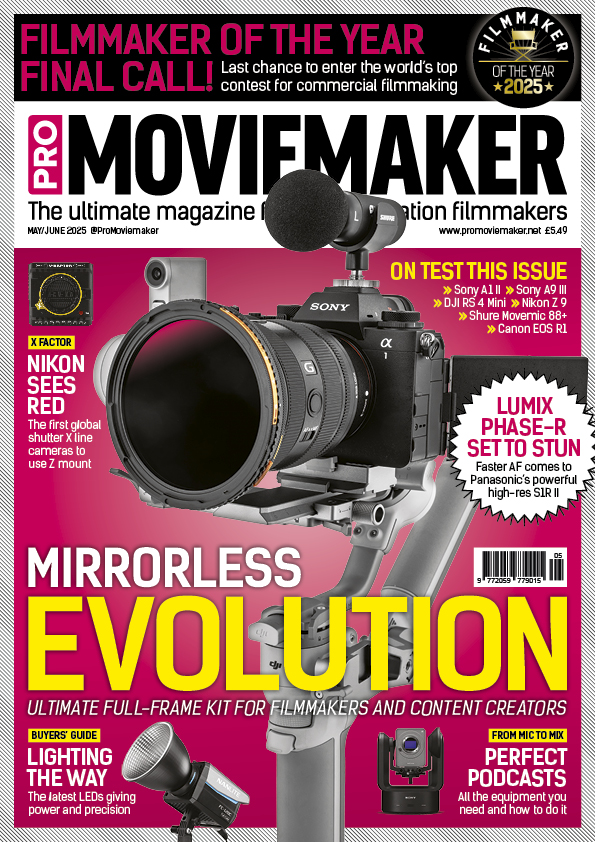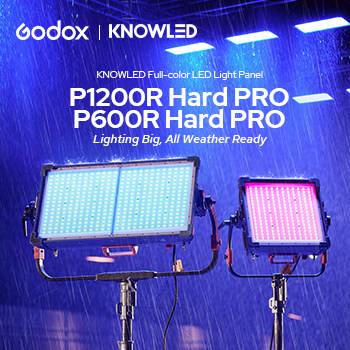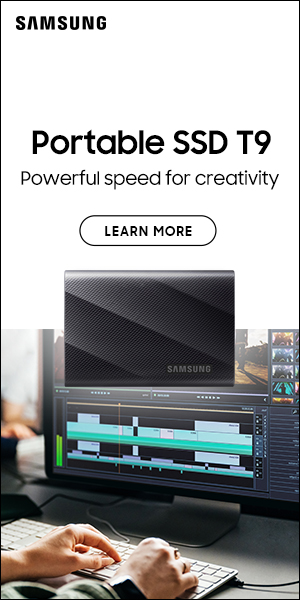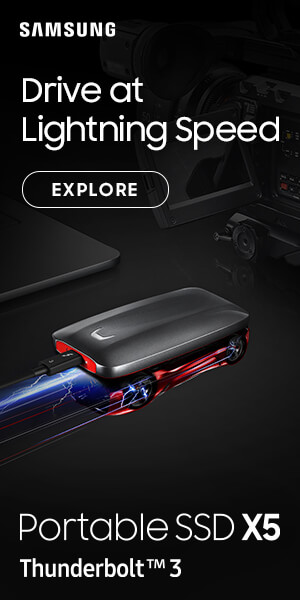
Mini test: DJI RS 4 Pro Combo
Posted on Sep 14, 2024 by Pro Moviemaker
DJI’s RS 4 Pro Combo is the gimbal that proves you can have high-end performance, clever upgrades and serious flexibility
If you’re after the best, most feature-packed gimbal that won’t break the bank, and your camera payload is 4.5kg/9.9lb or less, look no further than the DJI RS 4 Pro Combo. It builds on the success of the massively popular RS 3 Pro but takes the tech further.
The biggest changes are more powerful motors and faster swaps to vertical camera positioning for social media video. But there are many other improvements that might make a difference to your workflow.
What hasn’t changed is the seamless integration with the DJI Pro ecosystem, which adds monitoring, focusing, wireless video transmission and full remote control. And it works with the optional DJI Focus Pro, plus the Automated Manual Focus (AMF) lens control system, which combines the LiDAR focusing system allied to any manual focus lens. This brings accurate AF to all-manual cinema lenses, which can be speedily over-ridden to take manual focus control.
Even if you don’t want to rig it up with lots of accessories, instead using it as a slimmed-down gimbal with, for example, a mirrorless camera and AF lens or even a cinema camera like the Sony FX6, then the RS 4 Pro makes loads of sense. The carbon-fibre arms look the same as the older model, but the tilt axis is extended by 8.5mm. This makes it easier to balance with camera/ lens combinations that might not be particularly close to the maximum payload, but carry their weight far away from the centre of gravity. Think of a cinema camera with a 70-200mm lens fitted with a matte box and filters, for example. The RS 4 Pro will handle this better than the RS 3, and the extra torque of the motors keeps things running smoothly. And if you need a long period of non-stop shooting, adding the optional £129/$149 high-capacity battery grip gives a staggering 29.5 hours from a 2.5-hour charge. It even supports power delivery to cameras and accessories up to 18W via USB-C. Without the extra battery, the standard runtime of 13 hours and a 90-minute charge time is perfectly adequate for most users.
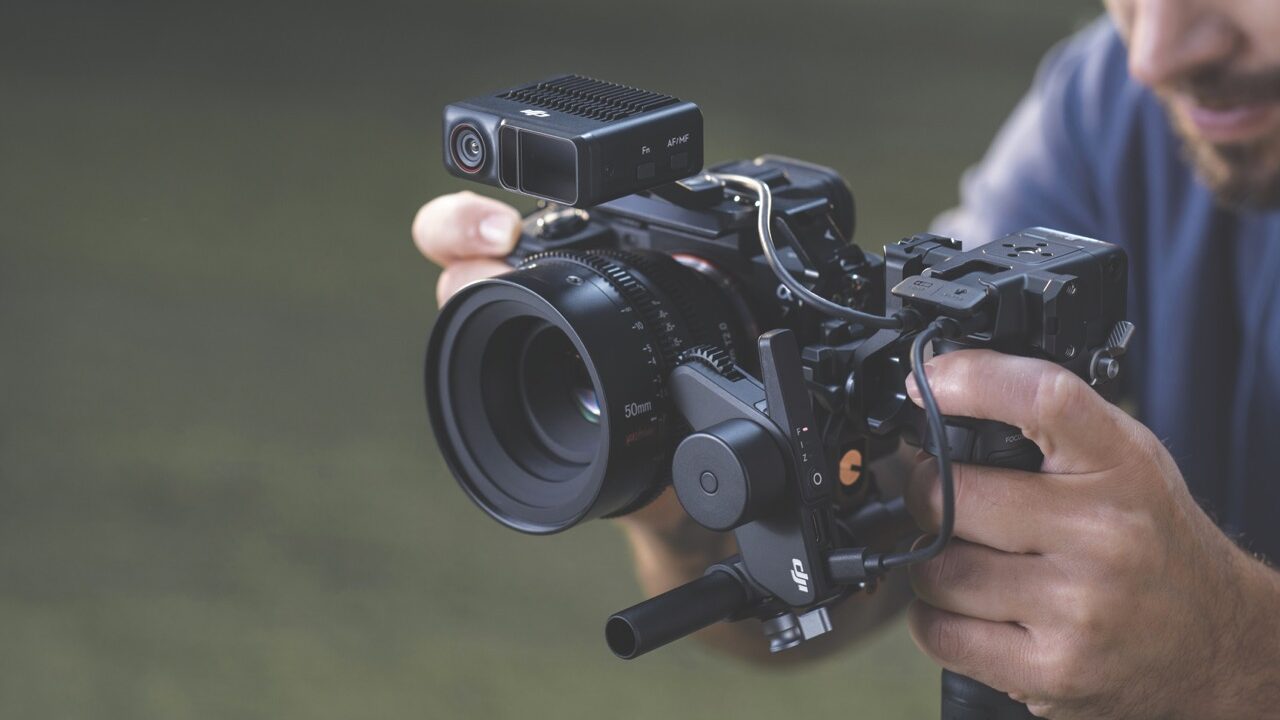
DJI claims the motion-control algorithm is an improvement, and it was controlled and smooth in use. We couldn’t discern any improvements over the older model, but we had no gripes with that version anyway. The RS 4 Pro is simple for anyone that’s used a gimbal before, and excellent at doing its main job of controlling movement with the standard First Person View, Pan Follow and Pan Tilt Follow options. No grumbles there. Of course, the RS 4 includes intelligent features such as Motionlapse, Track and Panorama. A new addition is Car Mount mode, where the stabiliser if often mounted upside-down to a moving vehicle. DJI says that it has optimised its algorithm for vehicle shoots like this, providing steady capture in shaky conditions. We didn’t have a suitably high-end mount to try it on the back of a car, though.
The redesign of the RS 4 Pro makes it easier to change from conventional horizontal video to social-media vertical as its refreshed horizontal plate detaches easily and slots back on with your camera in upright mode.
For most mirrorless cameras with AF lenses, you might not even have to rebalance and auto calibrate. But it’s better if you do.
To get things going, upgraded automated axis locks make for a fast set-up, which minimises the dreaded gimbal shakes. DJI has used a Teflon coating on all three axes for smoother balancing, with a fine-tuning knob for precise adjustments. And the roll axis now has proper roller bearings for smooth adjustments. It’s not a massive change, but it makes a big difference in use. It’s all simple, if you are used to setting up a gimbal. If this is your first motorised stabiliser, beware of a relatively steep learning curve.
The DJI now has Bluetooth wireless control to suit many modern cameras, meaning you can start recording and even zoom your lens from the gimbal’s controls. The RS 4 Pro now takes up to two of the new Focus Pro motors on 15mm rails, so that one can be set to focus and another to zoom. Alternatively, if you use a camera with a servo zoom lens then the Bluetooth connection will provide zoom control.
The kit comes with the Raveneye wireless transmitter that slots under the camera plate and takes an HDMI lead from your camera. This emits a signal so you can use your smartphone and the DJI app to monitor the footage being shot. Also included is a phone holder so you can mount your phone to the side of the gimbal and use it as a monitor. There’s also a side handle so you can handhold the kit and a single Focus Pro motor. A second motor costs £119/$149. When using the motor, controlling focus is smooth and easy, giving a tactile feel. It’s also quicker as the motor is 30% faster.
If you want to include the RS 4 Pro in more high-end productions, an RSA communication port provides additional connectivity with third-party accessories or DJI’s own kit.
If rigging up the kit is essential, there’s support for the £949/$1099 DJI Video Transmitter, which enables high-definition live feeds and remote- control capabilities ideal for small crew productions. Add the £719/$929 Focus Pro Hand Unit, and maybe team it up with the £1979/$2499 High-Bright Monitor Combo (this includes the Video Transmitter so you don’t need to buy that extra) and you have a fully pro system that allows a remote focus puller to keep things pin-sharp, as well as enabling a client or director to see what’s being shot.
But if it’s AF you want, and you are using a manual focus lens, go for the optional £549/$699 LiDAR unit that sits on top of the camera. DJI claims that there are 76,800 ranging points, up by 77% from the older model, to increase human detection and reduce focus hunting. The system does not detect humans at all distances, just up to 20m/65.6ft – which is triple that of the previous generation. Using its wide field of view of 70°, the updated Activetrack Pro works with AI algorithms to track moving subjects. It’s amazing that a gimbal can track a moving subject and automatically focus a manual focus cine lens to keep things sharp. You can even adjust focus speed and select different focus area modes, too.
No AF system is perfect, which is where Automated Manual Focus comes in, allowing incredibly quick changes from auto to manual focus. Ideally used with the LiDAR waveform as a focus tool, taking full manual control is simple when needed.
All this extra equipment does add significantly to the cost and weight of the RS 4 Pro. It also adds a lot of cables, and managing them is a necessary chore. But it does make the RS 4 Pro a truly professional-level gimbal. Without all this, the Combo kit comes with the Image Transmitter, Focus Pro motor, phone mount, carrying handle and fitted case, which is all that many filmmakers will ever need. But if your needs and budget grow, the DJI will grow with you.
£949/$1099
Specifications
- Axes: Three
- Load capacity: 4.5kg/9.9lb
- Battery: 1950mAh
- Runtime: 13 hours
- Charging time: 1.5 hours
- Display: Fixed touchscreen OLED
- Connectivity: 2.4GHz, Bluetooth 5.0, 4x USB-C, Android and iOS app
- Dimensions: 271x283x75mm/ 10.67×11.14×2.95in folded
- Weight: 1.24kg/2.74lb
Pro Moviemaker rating: 9/10
The most feature-packed, powerful, but affordable gimbal system
- Pros: A do-it-all motorised gimbal for serious pro use
- Cons: Heavy and pricey when loaded with accessories
This review was first published in the September/October 2024 issue of Pro Moviemaker

